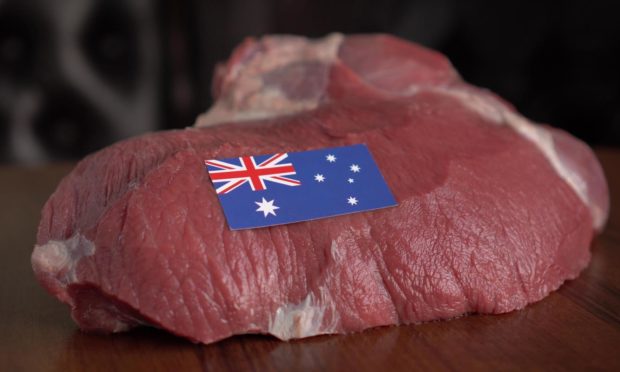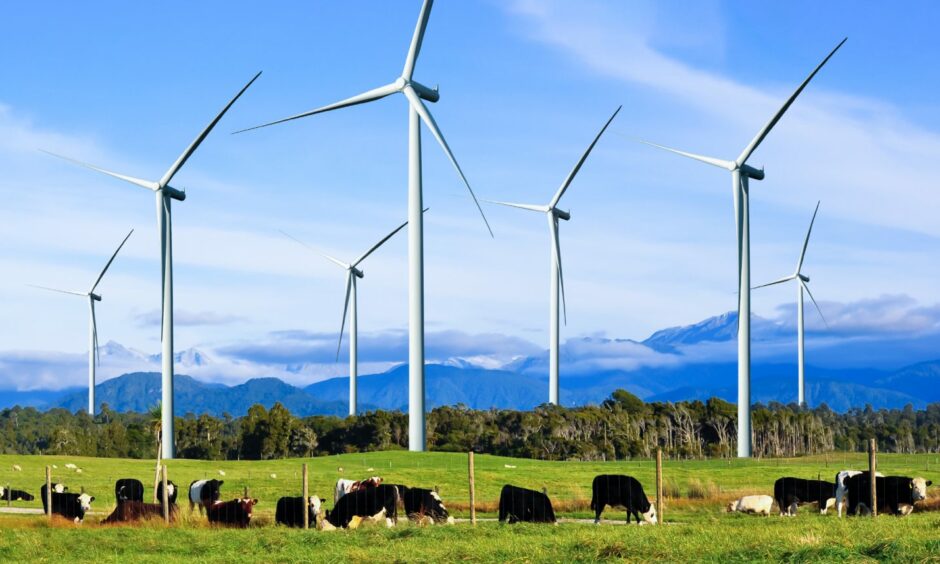The government claims its trade deal with Australia offers protection for farmers, but the direction of travel the deal highlights remains cause for concern.
Tariffs against cheap beef and lamb from Australia will be phased out gradually, but the deal confirms the approach the UK Government wants to take in future negotiations.
It has effectively ignored the concerns of the farming industry and the limited safeguards could create fresh obstacles to a smooth trading relationship with the EU.
The UK trade minister, Anne-Marie Trevelyan, says other countries will see the deal as evidence of how “expansive” the UK wants to be.
She claimed Australian farm exports would remain focussed on Asia, but in reality the UK is a potentially more attractive, high value market.
The UK Office for Budgetary Responsibility says the deal could add 0.08% a year to the UK economy but it estimates loss of free access to the EU will reduce UK economic performance by 4%.
Other countries will see the Australia deal as the blueprint for the deals they want and as evidence the UK is ready to make major concessions.
Meanwhile, a report from the European Commission concludes that the Common Agricultural Policy (Cap) has been of benefit to rural areas, but the the red tape that comes with it reduces its impact on closing the gap between rural and urban areas.
The report says that without support through the Cap poverty and land abandonment would be more obvious.
It says that in the most marginal areas of the EU financial support through the Cap accounts for well over half of farm incomes and that the Cap has driven farm modernisation, viability and productivity.
It says that overall the policy has increased economic output and helped sustain employment opportunities.
However, it warns that the key issue of young people leaving these areas demands a focus beyond Cap support, citing infrastructure problems, poor digital access and non-existent transport links as major issues that need to be tackled.
A radical new plan launched by the EU as part of its efforts to tackle climate change could see farmers rewarded for new methods to sequester carbon in agriculture.
While the detail of how this might work remains hazy and complex, the thinking has been welcomed by COPA, the body that represents EU farm unions.
As part of the carbon farm initiative farmers could be paid for practices that would remove carbon from the atmosphere.
Conventional examples would be more use of forestry and permanent pasture, but the policy seeks to use science to take this into new areas and techniques.
COPA says the thinking is sound but that many uncertainties remain about implementation.
These include fundamental questions around who will pay farmers, how this will happen and whether they will be able to trade the carbon credits they deliver on an EU-wide market.
- Richard Wright is an agricultural commentator.

